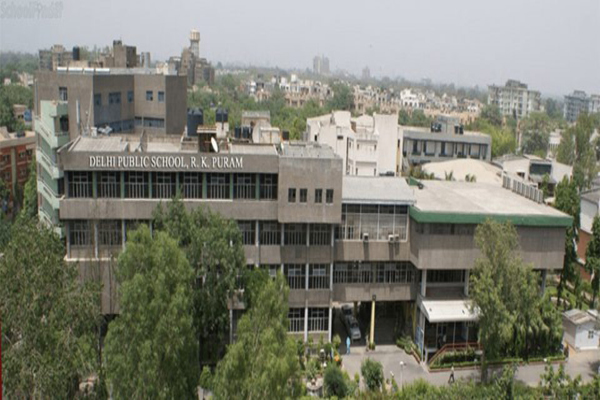TalentEdge has announced the launch of its first education learning campus in Andhra Pradesh at Kukatpally, Hyderabad.
Spread over an area of over 2000 sqft, TalentEdge Education Learning Campus (TEELC) aims to serve as a one-stop solution provider for the educational and training needs of candidates, institutions, enterprise and Government functions. The company is looking at making the students employable by imparting the best of training, knowledge and ensuring that the students acquire the right skills and knowledge through TEELCs – offering world class ambience and highly trained and certified trainers.
The newly launched learning campus will offer diverse courses related to Executive Education, Distance Education, Information Technology, Banking and Finance Training and Testing services including in-depth certification in Cloud Computing, Mobile Application Development, Information Security, .Net, Java, Database, Server and Network Skill Enhancer Programs- Oracle, Microsoft, Cisco, ITIL, Sharepoint, Networking, Projects and various Knowledge Enhancer Programs. The campus has the capacity to accommodate 400 learners every day.
The Centre was inaugurated by Bidhan Kankate, Regional Director, Andhra Pradesh, NASSCOM. Speaking on the occasion, Aditya Malik, CEO, TalentEdge said “India is expected to have the largest working age population by 2025 in the world. The only way this ‘demographic dividend’ can be capitalized upon is through sustained investments in skill-development among youth and aspiring individuals. At TalentEdge, we have consistently focused on empowering the students and professionals alike, through innovative methods in education and training to develop or complement their job skills. With the launch of our first campus in Hyderabad, we are energized to take the mission to the next level of imparting knowledge, skills and a vision to pursue a better and rewarding career for our students”.
He further added, “Andhra Pradesh is a critical and important location from TalentEdge’s perspective, given established culture of education and corporate presence. As a result, we commenced our southern Indian journey from Hyderabad city. We wish to further expand our presence to 10 centres in Andhra Pradesh and at concurrently to other states in south India.“


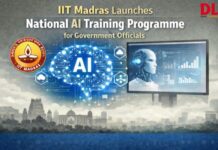






 KARNATAKA: Free and compulsory education would no more be restricted merely to the 25% prescribed and selected by the State under the Right of Children to Free and Compulsory Education Act, 2009 and would now cover children of the same age group in private schools too.
KARNATAKA: Free and compulsory education would no more be restricted merely to the 25% prescribed and selected by the State under the Right of Children to Free and Compulsory Education Act, 2009 and would now cover children of the same age group in private schools too.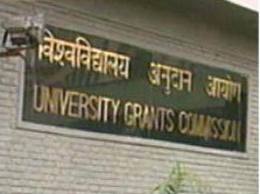
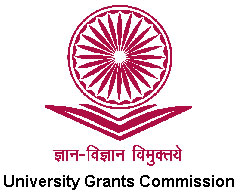 PATNA: In a recent development, the University Grants Commission (UGC) has declared that it would authorize funds only to National Assessment and Accreditation Council (NAAC) accredited institutions.
PATNA: In a recent development, the University Grants Commission (UGC) has declared that it would authorize funds only to National Assessment and Accreditation Council (NAAC) accredited institutions.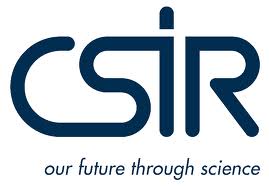
 NEW DELHI: The study conducted by the Council of Scientific and Industrial Research (CSIR) found an yearly growth of eight percent and 19 per cent in science courses at college level between 2004-05 and 2009-10.
NEW DELHI: The study conducted by the Council of Scientific and Industrial Research (CSIR) found an yearly growth of eight percent and 19 per cent in science courses at college level between 2004-05 and 2009-10.
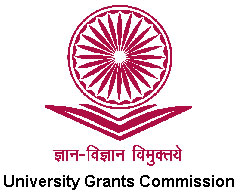 The University Grants Commission Regulations, 2012 made it mandatory for all universities (including deemed universities, private universities and technical universities) and affiliated colleges to obtain accreditation from assessment and accreditation agencies specified therein within a specified time period. Technical institutions (as defined by the All India Council for Technical Education Act, 1987) are excluded from the purview of the Regulations.
The University Grants Commission Regulations, 2012 made it mandatory for all universities (including deemed universities, private universities and technical universities) and affiliated colleges to obtain accreditation from assessment and accreditation agencies specified therein within a specified time period. Technical institutions (as defined by the All India Council for Technical Education Act, 1987) are excluded from the purview of the Regulations.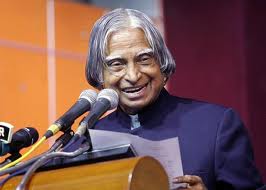

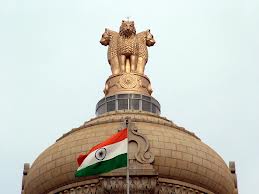
 MUMBAI: Maharashtra state government has declared that every school in the state should recite the preamble to the Constitution on a daily basis. This step has been taken to make students aware of their responsibilities and duties for the country.
MUMBAI: Maharashtra state government has declared that every school in the state should recite the preamble to the Constitution on a daily basis. This step has been taken to make students aware of their responsibilities and duties for the country.
 University College Dublin (UCD), Ireland has announced scholarships for Indian students. The scholarship amount of Rs 250,000-euro will be for students of both postgraduate and UG programmes starting in September 2013. The university has also launched the new Masters level courses in petroleum geosciences and actuarial sciences.
University College Dublin (UCD), Ireland has announced scholarships for Indian students. The scholarship amount of Rs 250,000-euro will be for students of both postgraduate and UG programmes starting in September 2013. The university has also launched the new Masters level courses in petroleum geosciences and actuarial sciences.









